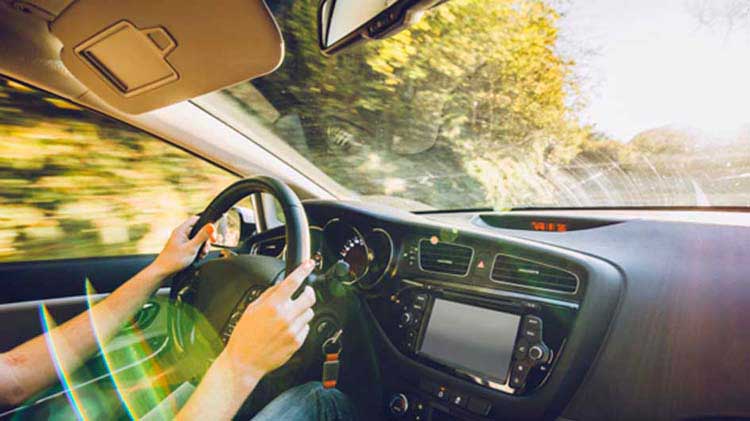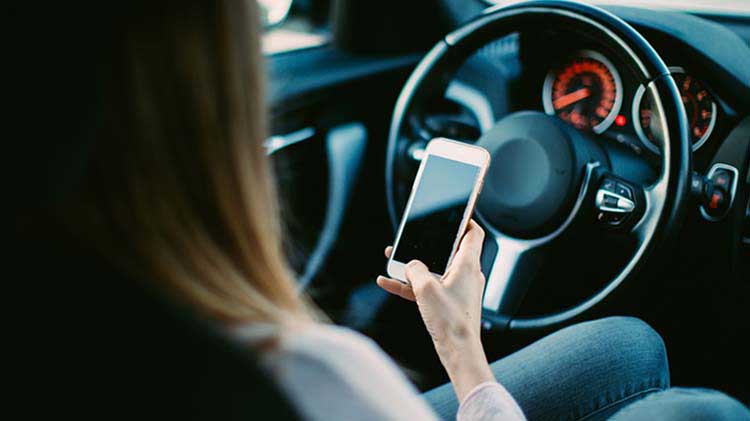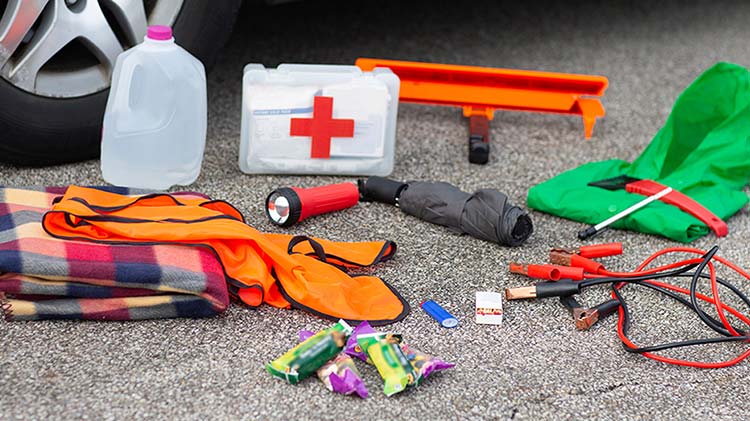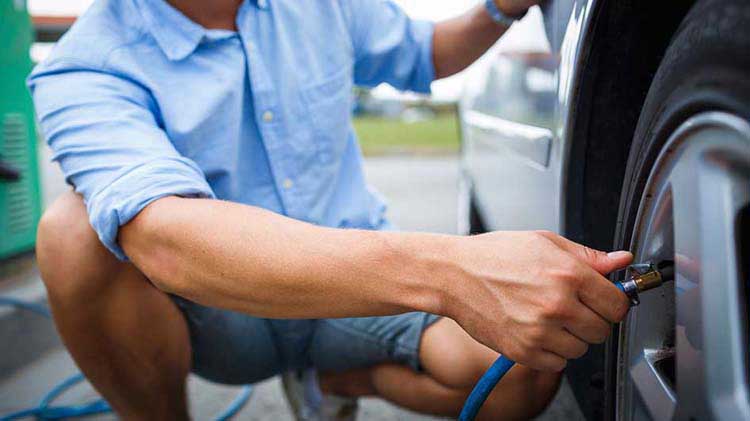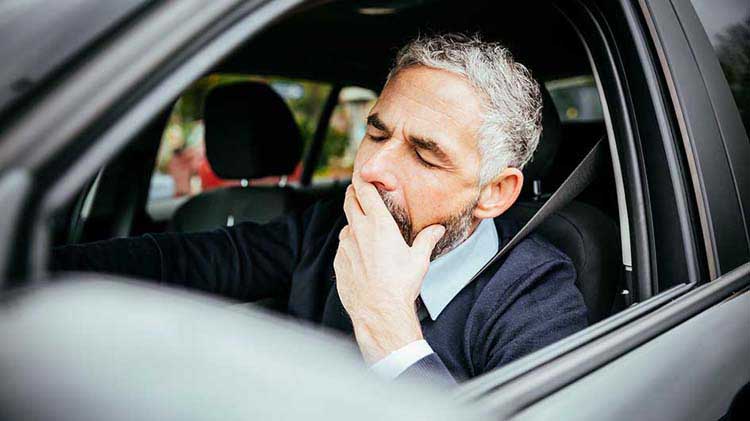Summer driving tips
You're going to need to pack more than beach supplies for that summer road trip.
During the hot summer months, it is important that vehicles are properly maintained and equipped with roadside emergency supplies to help keep families safe. Before logging all those miles, we have some tips to help with summer driving.
Road trip check up
Before a long trip, remember to give your vehicle a check-up and consider some fixes you might be able to do yourself:
- Check fluid levels: brake, automatic transmission, power steering, windshield washer and coolant. See that each reservoir is full and if there is any sign of fluid leakage, take your vehicle in to be serviced.
- Inspect the radiator, pressure cap, belts and hoses to verify they are in good shape with no signs of blisters, cracks or cuts in the rubber.
- Examine the tires. It’s important they have plenty of tread remaining. If the tires have low tread, cracks or bulging, consider a replacement before traveling.
- Check the air pressure in all tires, including the spare.
- Test the wiper blades to see they are functioning properly.
- Check the battery, including the age, which is typically three to five years, and inspect battery cables.
- Inspect brake pads and linings for wear.
- Change the oil and filter according to manufacturer's service interval specifications.
- Test the headlights, brake lights, turn signals, emergency flashers and interior lights.
- Change key fob batteries if it’s been a while.
- Look at all the floor mats to see if they are installed properly. You don’t want the driver’s mat catching the accelerator or break.
Driving safety tips
- Avoid distracted driving.
- Be alert and avoid drowsy driving.
- Watch your gas tank to keep it as full as possible; you never know when you may be stuck in traffic.
- Drive the speed limit.
- Use sunglasses to avoid eye fatigue.
- Turn on your headlamps to be more visible to other drivers.
Traveling with kids
- Use proper safety restraints for all occupants.
- Use the long drive as teaching moments about safe driving.
- Pack a cooler with healthy snacks like water, fruit, nuts and granola.
- Stop every few hours to let the kids stretch their legs.
- Adults should take the time to exit the vehicle and stretch, too. If you are tired or sleepy, don't hesitate to pull over to a safe location and rest until you feel able to continue the drive.
- If the kids bring their electronic devices, set them up in a way that they are not distracting to the driver.
- Do not leave children unattended in the car. A child's body temperature rises three to five times faster than an adult’s.
Pack an emergency kit
Move the beach gear over for the roadside emergency kit. Even if you've prepared your vehicle for summer travel, it doesn’t hurt to have a "just in case" kit in your trunk. Your emergency kit should include:
- Jumper cables in case you or someone else needs a jump start
- Flashlight
- Emergency flat tire repair and/or spare tire
- Gloves, blankets and towels
- Hazard triangle, road flares, brightly colored distress sign or "Help" or "Call Police" flag
- Screwdrivers and wrenches
- First aid kit
- Cell phone charger and charging cable
- Water for both the car radiator and your family
- High-calorie, non-perishable food
Check and stock trunk supplies twice a year. Do not leave on a road trip with your vehicle's "check engine light" or "malfunction indicator light" lit up. When preparing for your trip, check to see if your vehicle has any current recalls and get them fixed before traveling. If you take these precautions, you and your vehicle might be happier on the roads this summer. And don't forget to have fun!
Check out additional driving, maintenance and car insurance articles.
